Atomic bombing of Nagasaki during World War II
Bombardement atomique de Nagasaki pendant la Seconde Guerre mondiale
© U.S. National Archives, RG 77-MDH
JPN
à proximité de Nagasaki
© U.S. National Archives, RG 77-MDH
Télécharge images...
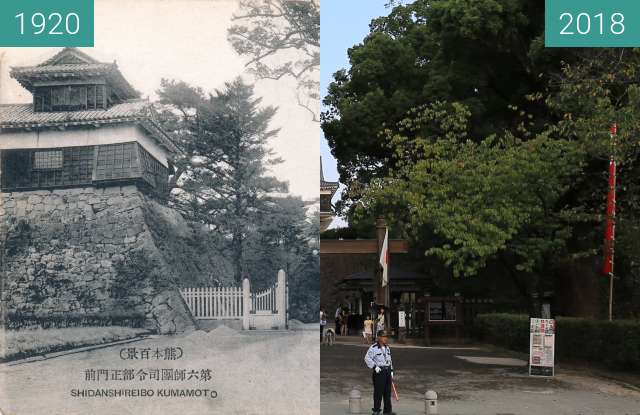
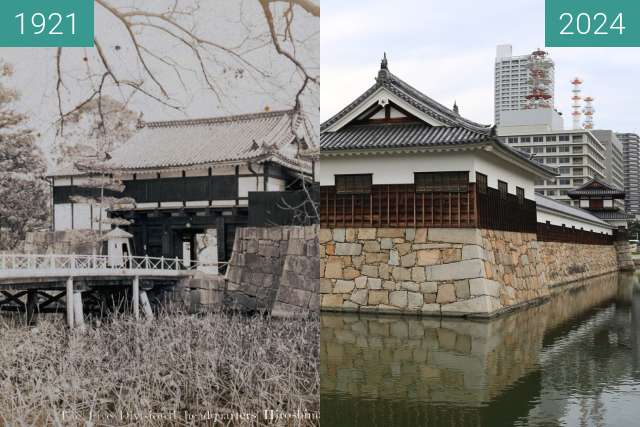
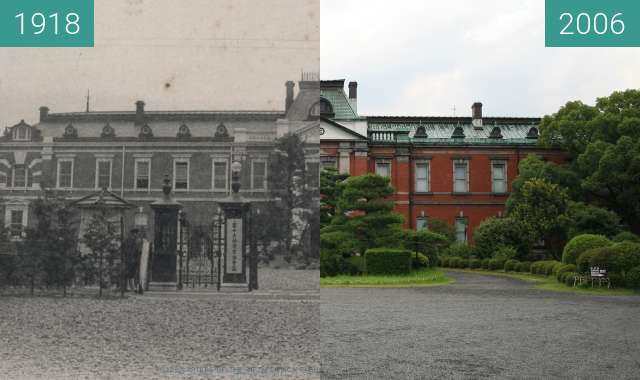
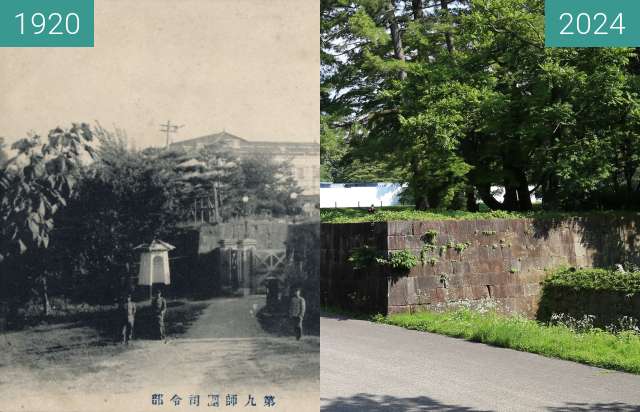
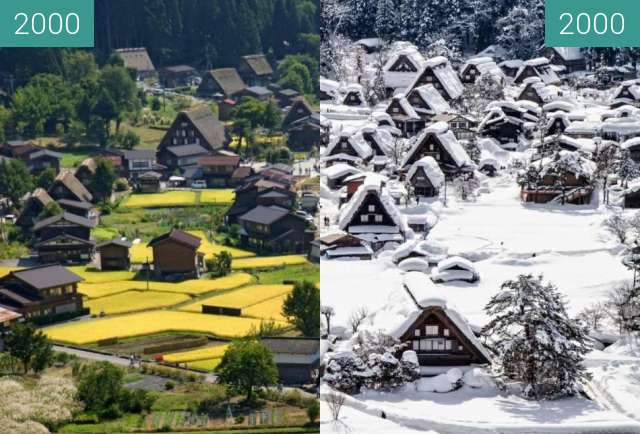
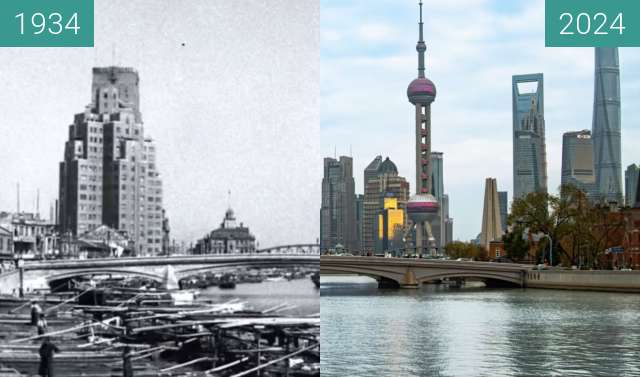
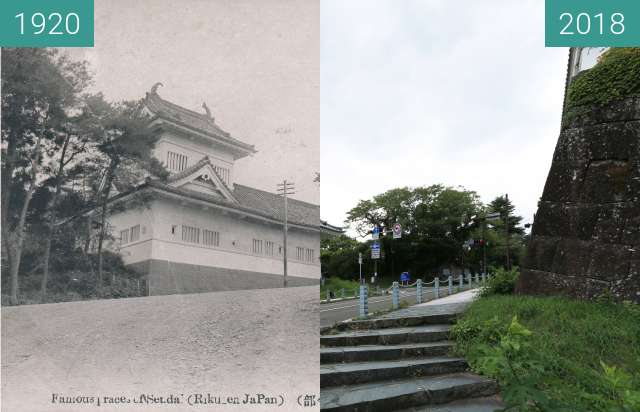
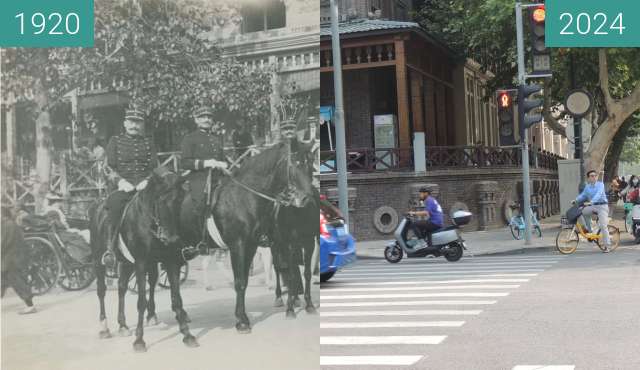
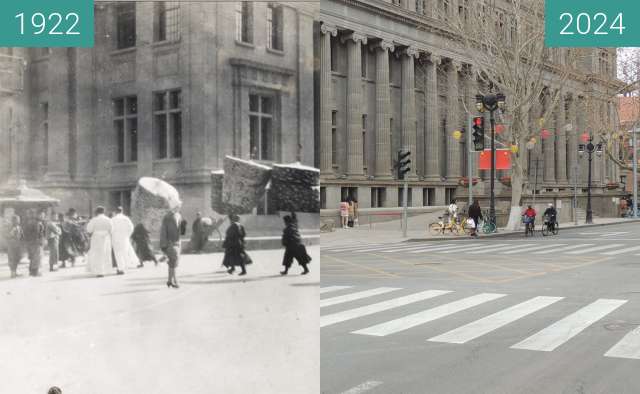
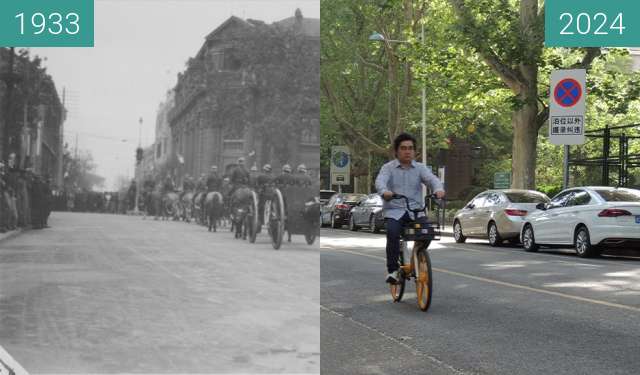
On the day of the nuclear strike (August 9, 1945) the Boeing B-29 Superfortress Bockscar, commanded by Major Charles Sweeney, departed from Tinian's North Field just before dawn, carrying a plutonium bomb, code named "Fat Man".
The primary target for the bomb was Kokura, with the secondary target being Nagasaki, if the primary target was too cloudy to make a visual sighting. When the plane reached Kokura at 9:44 a.m. (10:44 a.m. Tinian Time), the city was obscured by clouds and smoke, as the nearby city of Yahata had been firebombed on the previous day - the steel plant in Yahata also had their workforce intentionally set fire to containers of coal tar, to produce target-obscuring black smoke. Unable to make a bombing attack on visual due to the clouds and smoke and with limited fuel, the plane left the city at 10:30 a.m. for the secondary target.
After 20 minutes, the plane arrived at 10:50 a.m. over Nagasaki, but the city was also concealed by clouds. Desperately short of fuel and after making a couple of bombing runs without obtaining any visual target, the crew was forced to use radar in order to drop the bomb. At the last minute, the opening of the clouds allowed them to make visual contact with a racetrack in Nagasaki, and they dropped the bomb on the city's Urakami Valley midway between the Mitsubishi Steel and Arms Works in the south, and the Mitsubishi-Urakami Ordnance Works in the north. 53 seconds after its release, the bomb exploded at 11:02 a.m. at an approximate altitude of 1,800 feet.
Less than a second after the detonation, the north of the city was destroyed and 35,000 people were killed. Among the deaths were 6,200 out of the 7,500 employees of the Mitsubishi Munitions plant, and 24,000 others (including 2,000 Koreans) who worked in other war plants and factories in the city, as well as 150 Japanese soldiers. The industrial damage in Nagasaki was high, leaving 68–80% of the non-dock industrial production destroyed. It was the second and, to date, the last use of a nuclear weapon in combat, and also the second detonation of a plutonium bomb.
https://en.wikipedia.org/wiki/Nagasaki
Le jour de la frappe nucléaire (9 août 1945), le Boeing B-29 Superfortress Bockscar, commandé par le major Charles Sweeney, est parti du champ nord de Tinian juste avant l'aube, transportant une bombe au plutonium, code nommé "Fat Man".
La cible principale de la bombe était Kokura, la cible secondaire étant Nagasaki, si la cible principale était trop nuageuse pour faire une observation visuelle. Lorsque l'avion a atteint Kokura à 9 h 44 (10 h 44, heure de Tinian), la ville était obscurcie par les nuages et la fumée, car la ville voisine de Yahata avait été bombardée le jour précédent - l'usine sidérurgique de Yahata avait également son la main-d'œuvre a intentionnellement mis le feu à des conteneurs de goudron de houille pour produire de la fumée noire d'obscurcissement des cibles. Incapable de faire un bombardement à vue à cause des nuages et de la fumée et avec un carburant limité, l'avion a quitté la ville à 10h30 pour la cible secondaire.
Après 20 minutes, l'avion est arrivé à 10 h 50 au-dessus de Nagasaki, mais la ville était également cachée par les nuages. Manquant désespérément de carburant et après avoir effectué quelques bombardements sans obtenir aucune cible visuelle, l'équipage a été contraint d'utiliser le radar pour larguer la bombe. À la dernière minute, l'ouverture des nuages leur a permis d'entrer en contact visuel avec une piste de course à Nagasaki, et ils ont largué la bombe sur la vallée d'Urakami à mi-chemin entre la Mitsubishi Steel and Arms Works au sud et la Mitsubishi-Urakami Ordnance Fonctionne dans le nord. 53 secondes après sa libération, la bombe a explosé à 11 h 02 à une altitude approximative de 1800 pieds.
Moins d'une seconde après l'explosion, le nord de la ville a été détruit et 35 000 personnes ont été tuées. Parmi les morts, 6 200 sur les 7 500 employés de l'usine de Mitsubishi Munitions et 24 000 autres (dont 2 000 Coréens) qui travaillaient dans d'autres usines et usines de guerre de la ville, ainsi que 150 soldats japonais. Les dommages industriels à Nagasaki étaient élevés, laissant 68 à 80% de la production industrielle non portuaire détruite. C'était la deuxième et, à ce jour, la dernière utilisation d'une arme nucléaire au combat, et aussi la deuxième détonation d'une bombe au plutonium.
https://en.wikipedia.org/wiki/Nagasaki